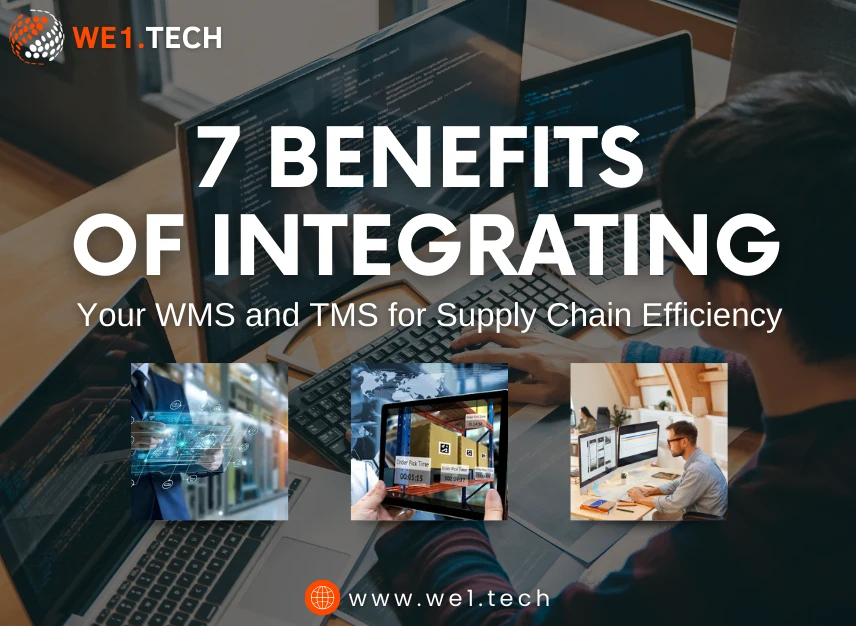
Are you looking for new ways to optimize your supply chain? Well, then today's modern software systems offer a dynamic solution.
Efficient and effective supply chain management is crucial for businesses to stay competitive. Imagine managing warehouse and transportation logistics operations separately. It certainly leads to confusion, delays, exhausted employees, and unhappy customers.
Thus, integrating Warehouse Management Systems (WMS) and Transportation Management Systems (TMS) can prove to be beneficial. This integration can result in cost savings, enhanced efficiency, and increased customer satisfaction. By bringing these systems together, businesses can improve their supply chain performance and visibility.
This blog post highlights the benefits and importance of integrating WMS and TMS for modern supply chain management. So, let's get started!